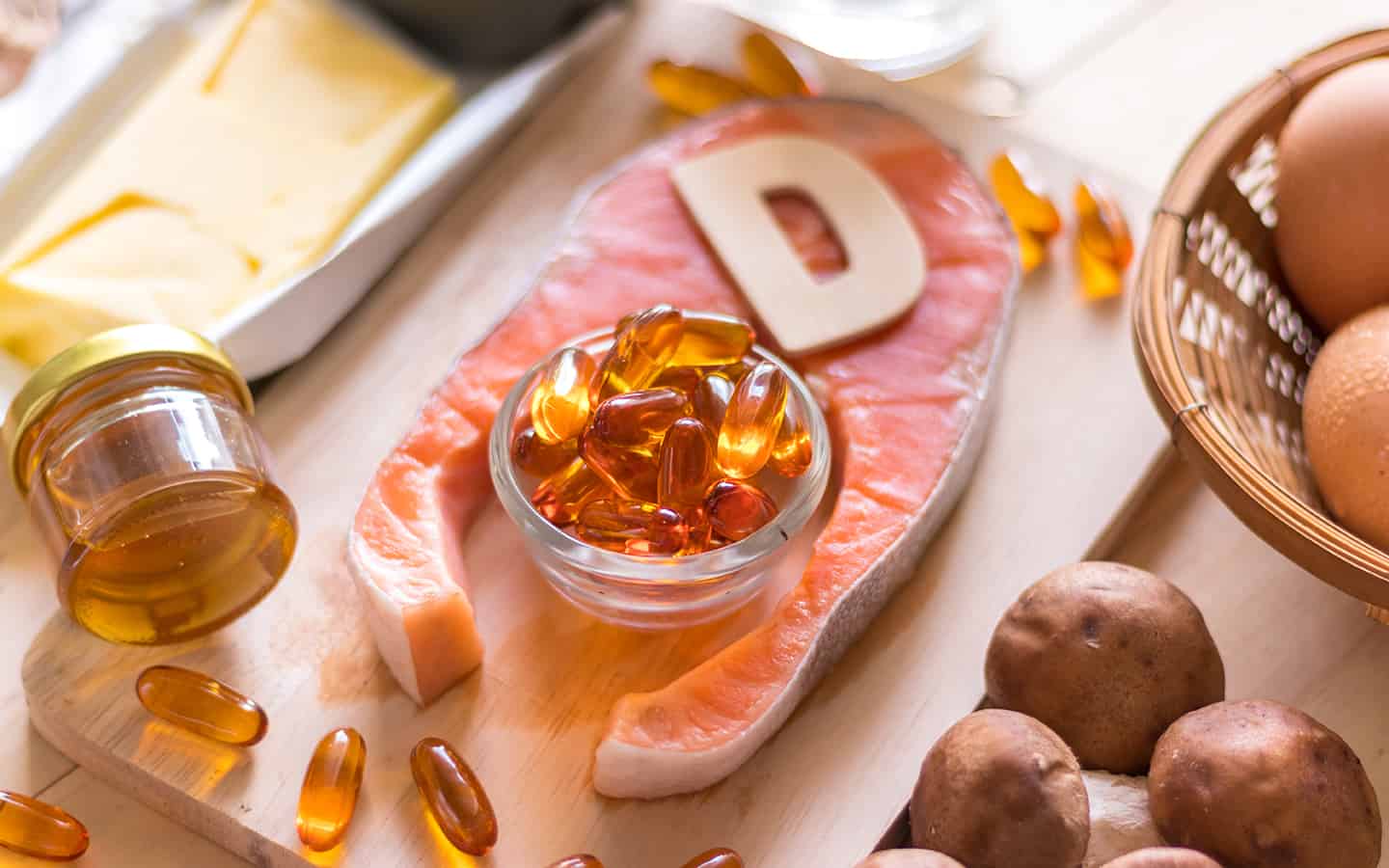It’s pretty hard to find an accurate answer on how much vitamin D your body needs. Strong and healthy bones are not easy goals to measure, and therefore also difficult to improve. Doctors generally determine that you can measure an individual’s Vitamin D level by checking the serum 25-hydroxyVitamin D in their blood. However, this measurement has some problems historically, making it difficult to standardize. Even taking Vitamin D supplements has its own course of action. It depends on how well your body can absorb its benefits. If your body fails to absorb Vitamin D properly, you will need a higher dose of supplements.
But, Vitamin D is indeed essential for calcium absorption, which results in bone strength. It helps with optimal skeletal muscle functionality as well. Furthermore, this vitamin is necessary at every age. You can achieve bone strength at its peak level while reaching 20 to 25 years of age. Deficiency of Vitamin D and calcium will come back hard on you during old age, more likely from 50 to 90 years of age. However, if you ever get the chance to maximize bone strength, you should go for it. Vitamin D is excellent for that and many other things. Keep reading to learn more about how much Vitamin D people actually need — and how to get it.

Vitamin D From Food
There’s no need to rely on food only to get Vitamin D for your body. For example, to reach 2,000 IU daily, you need to drink 20 cups of vitamin D-based milk, which is not possible. It is tough to get all your Vitamin D from food exclusively. Indulging in wild salmon or any ocean-based fish might help your body get Vitamin D. Adding multi-vitamins to your diet can add around 400 IU to the list. So, adding a Vitamin D supplement is a smart choice to make. Furthermore, try relying on nature for a fair amount of Vitamin D.

Even though it is not clear-cut proof, people who are outside under the sun a lot will have higher 25-hydroxyVitamin D in their blood. It will add around 40ng/mL. Always try to aim for this target. If you are below this level, you are not in good shape. At this point, having a Vitamin D level of 40 instead of 15 is pretty good for muscles and bones. If you don’t know how fast your body can absorb Vitamin D, it is vital to take a reasonable amount of the supplement. Between 1000 to 2000 IU daily should suffice.
